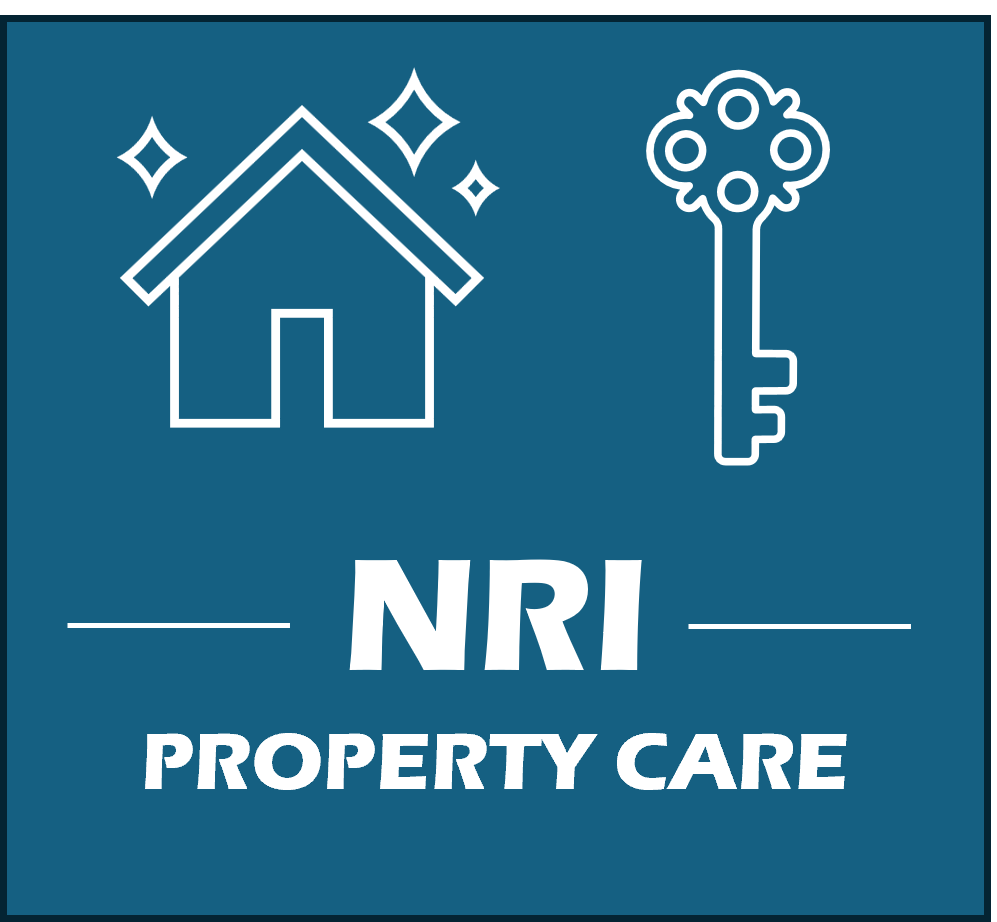For any property owner especially the NRI owner, the thought of tenants causing significant damage to their rental property can be a nightmare. While no strategy can eliminate this risk, there are proactive steps you can take to minimize the likelihood of such issues. Here are ten essential practices to help safeguard your property.
- Screen Tenants Thoroughly
The foundation of a successful rental experience is choosing reliable tenants. Conduct comprehensive background, past rental history, and employment checks. This helps identify tenants who are financially stable, responsible, and likely to care for your property. - Require a Sufficient Security Deposit
A security deposit is your first line of defense against property damage. Ensure the amount is adequate to cover potential damages. A higher deposit often acts as a deterrent against careless behavior. - Invest in Landlord Insurance
Homeowner’s insurance won’t cover damages caused by tenants. A specialized landlord insurance policy can protect you financially against property damage, loss of rental income, or even legal expenses in the event of a dispute. - Document the Property’s Condition
Before tenants move in, take detailed photos and notes of the property’s condition. Make a move-in checklist. Share this with tenants and have them sign an acknowledgment. This documentation can be invaluable for resolving disputes and holding tenants accountable for damages. - Time Zone and Communication Barriers
Managing tenant queries, maintenance requests, or legal issues often involves real-time communication. With NRIs living in different time zones, and their busy time schedules, addressing these concerns promptly becomes a logistical nightmare. Delayed responses can lead to tenant dissatisfaction or unresolved issues escalating over time, which may result to rental payments being delayed etc. - Draft a Clear and Effective Lease Agreement
Include explicit clauses in the lease detailing tenant responsibilities for maintaining the property and their obligation to pay for any damages they cause. Discuss these terms during lease signing and ensure tenants understand them fully. - Educate Tenants About Maintenance
Provide clear instructions on property maintenance, such as how to address emergencies or properly use and maintain appliances. Highlight specific responsibilities like ensuring the main water line is shut when going out for days to avoid accidental flooding, cleaning drains to prevent blockages, or protecting electrical fixtures to avoid costly damages caused by neglect. - Conduct Regular Inspections
Schedule periodic property inspections to ensure tenants are maintaining the property as agreed. Use these visits to check for early signs of neglect or damage and address issues before they escalate. Make sure to include inspection terms in the lease agreement. - Keep the Property Well Maintained
A well-maintained property encourages tenants to respect the space. Promptly repair broken fixtures, patch walls, and address any issues that may make the property look neglected. Tenants are less likely to damage a property that looks well cared for. - Act Quickly on Missed Rent Payments
Late or missed rent payments can indicate larger issues, including neglect or potential property damage. Address these situations promptly and follow legal procedures if necessary to protect your property and investment. - Work with a Professional Property Management Firm
If managing tenants and maintenance feels overwhelming, hire a professional property management company. These firms specialize in tenant screening, lease enforcement, regular inspections, and handling maintenance issues, reducing the risk of tenant-related damages.
Conclusion
By implementing these 10 practices, you can minimize the risks associated with tenant-caused damage, maintain your property’s value, and create a positive rental experience for both you and your tenants. Proactive management is key to protecting your investment!
